Don Curry and the Monastery Pearls
発行済み: 29.06.2023
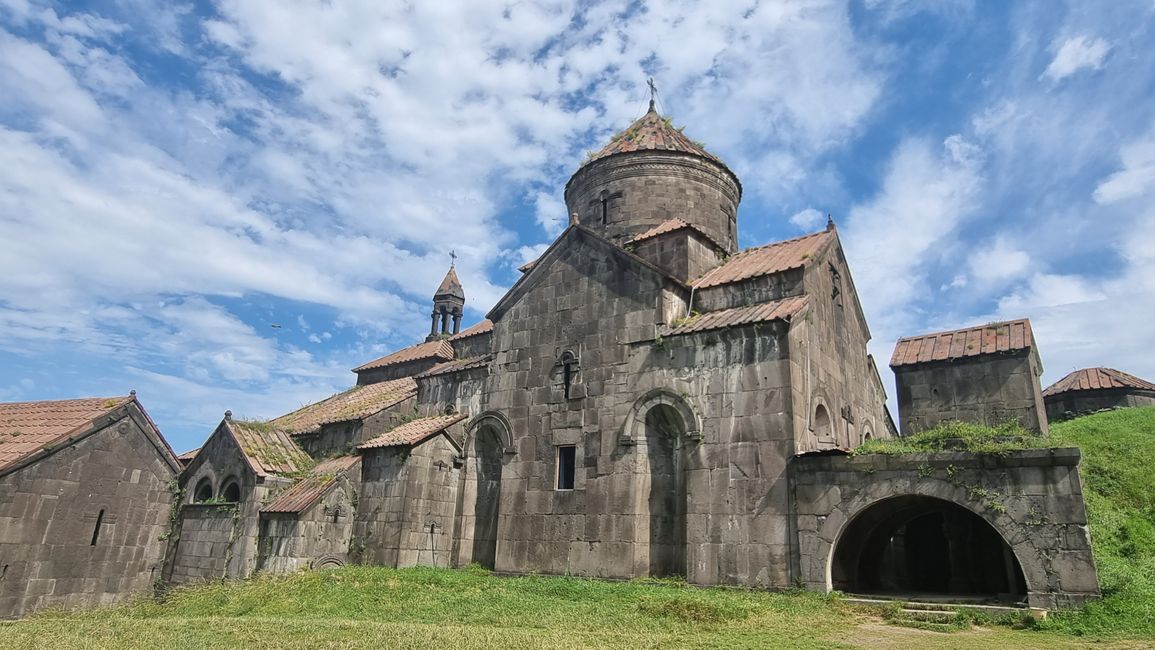
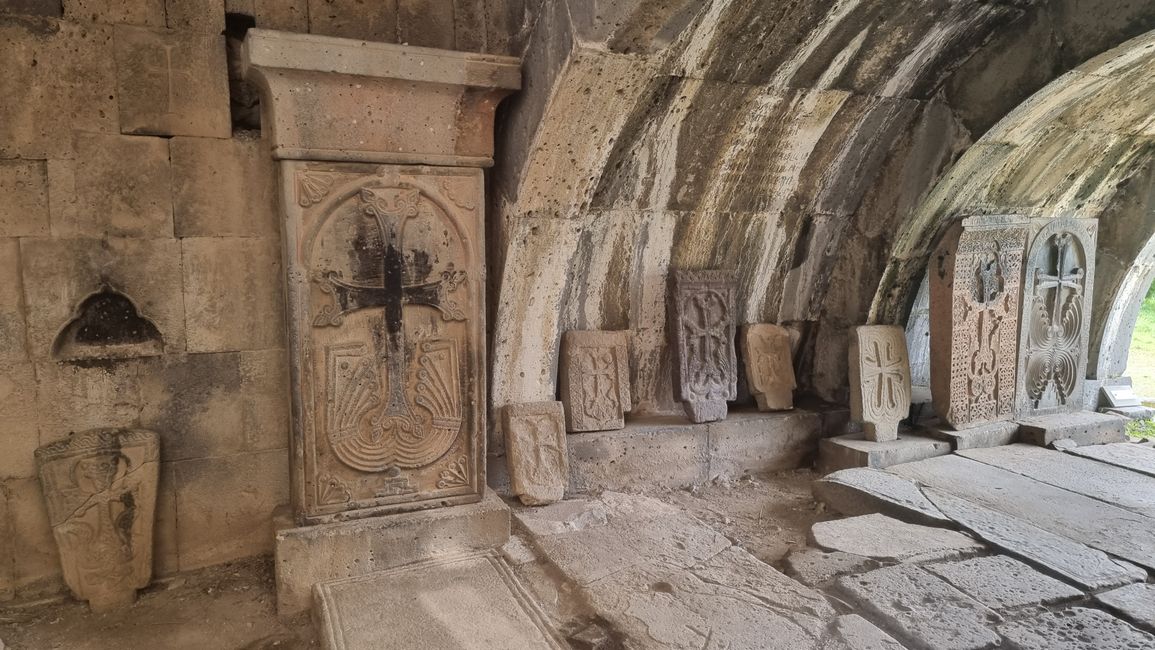
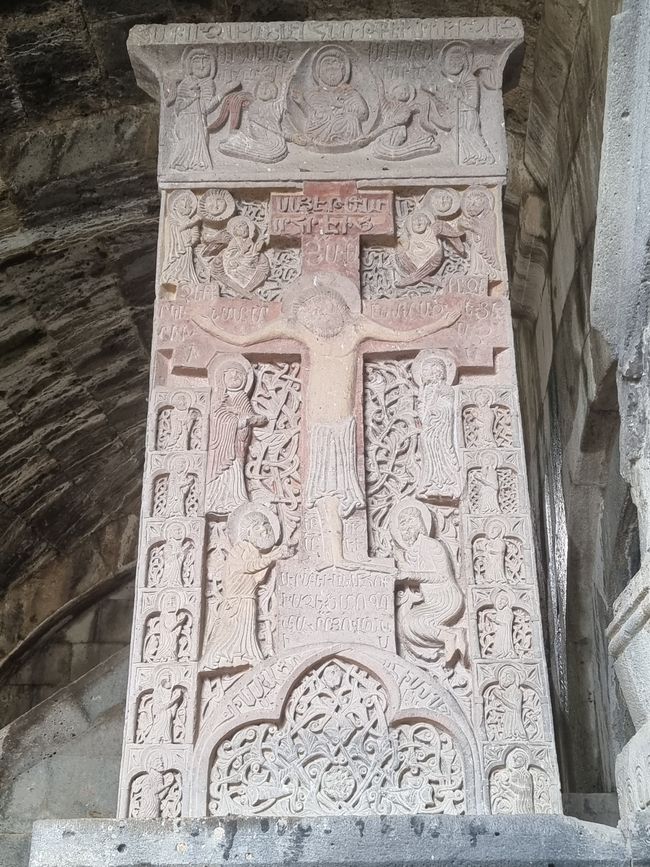
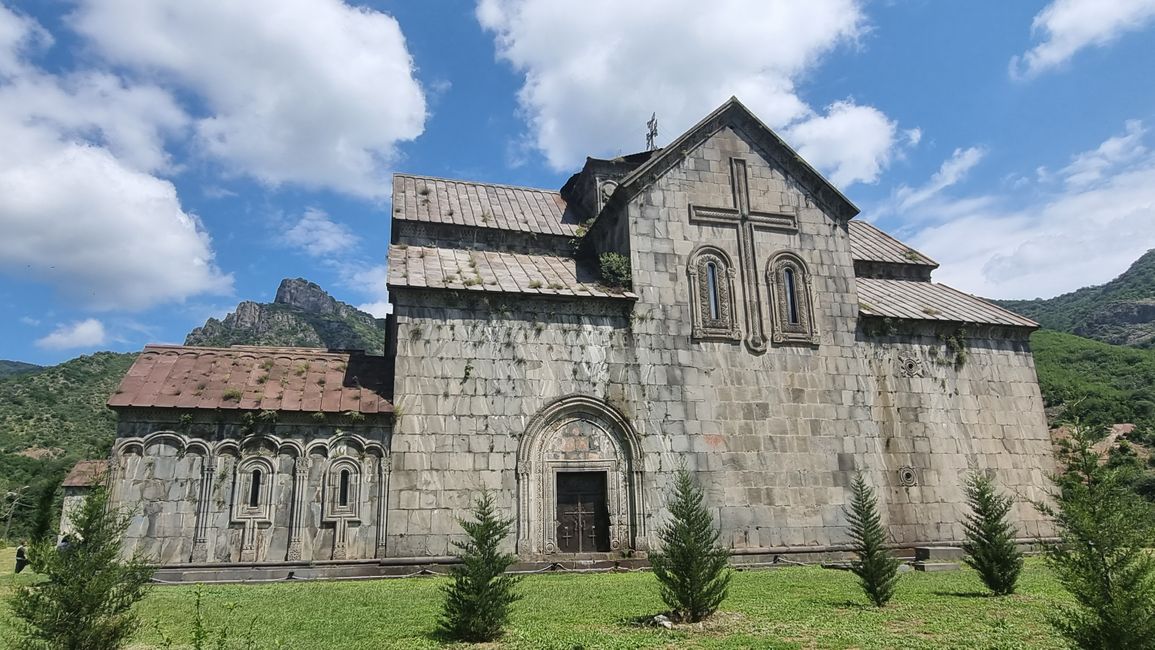
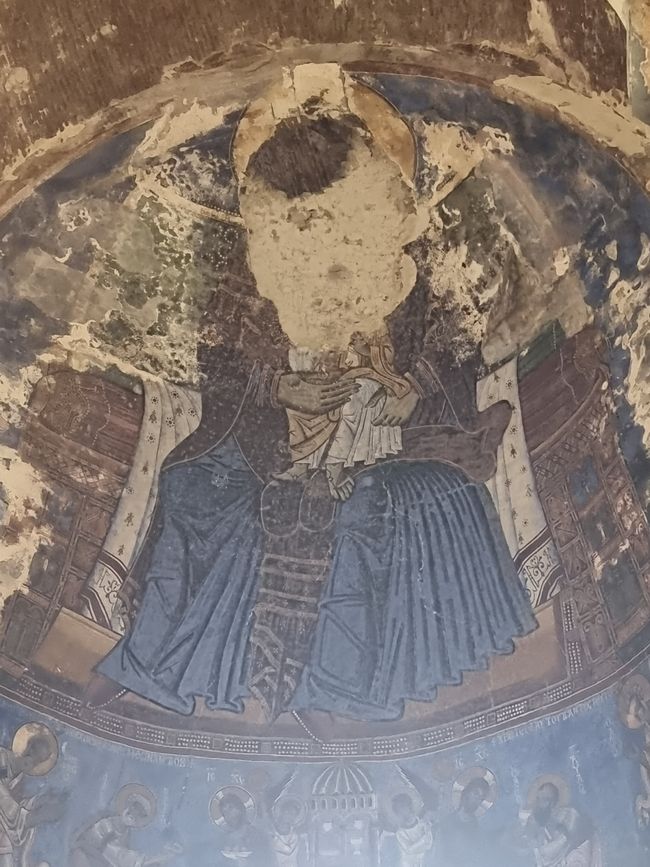
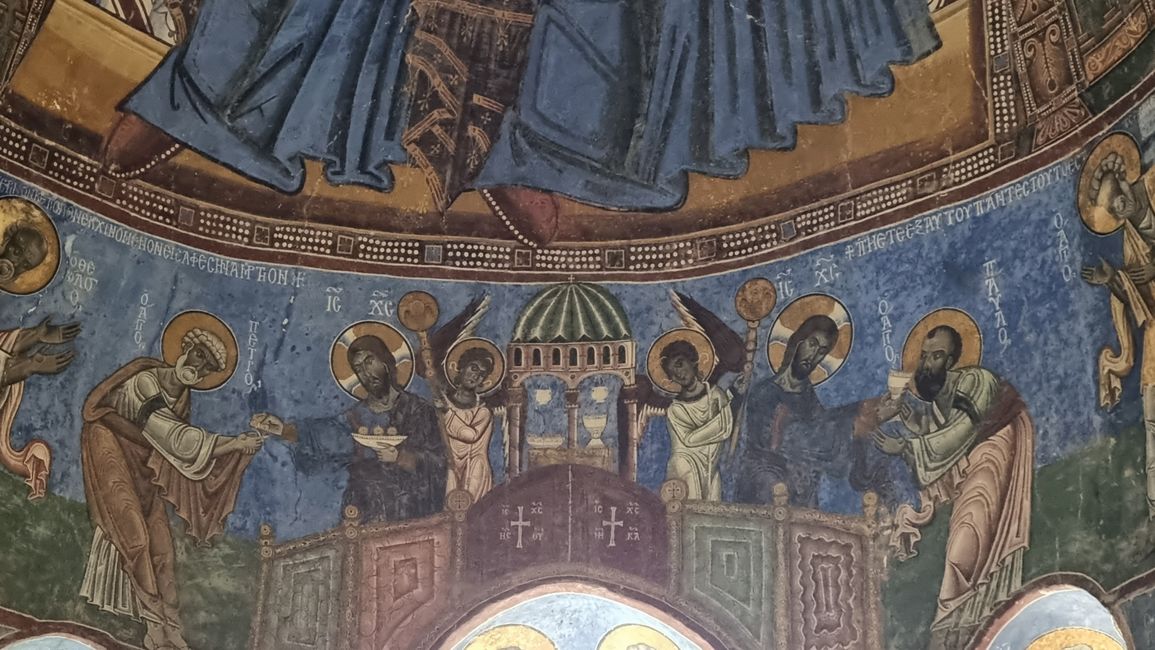
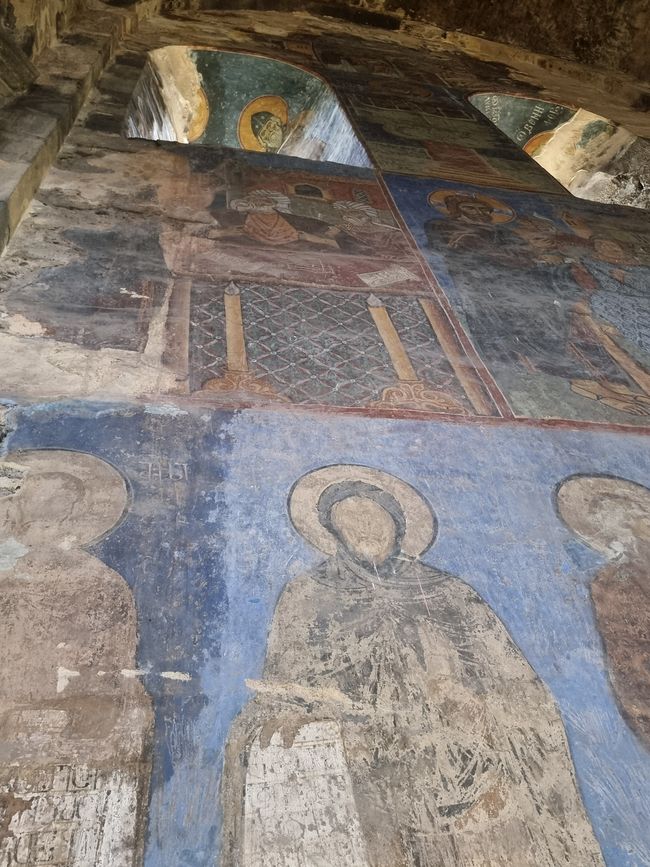
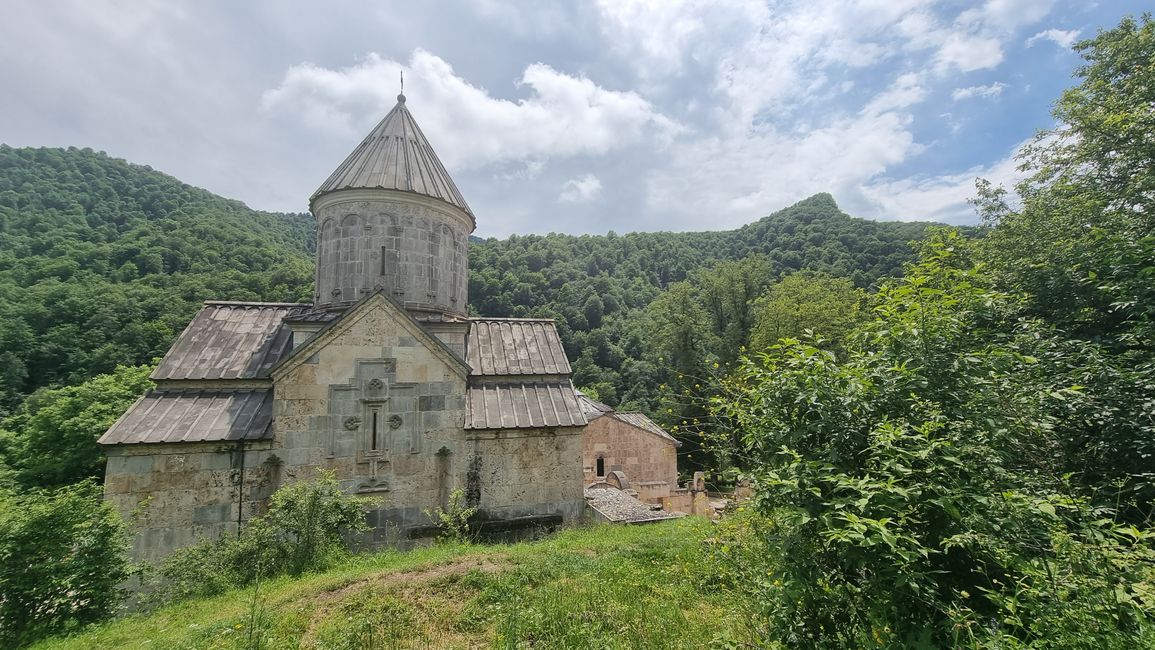
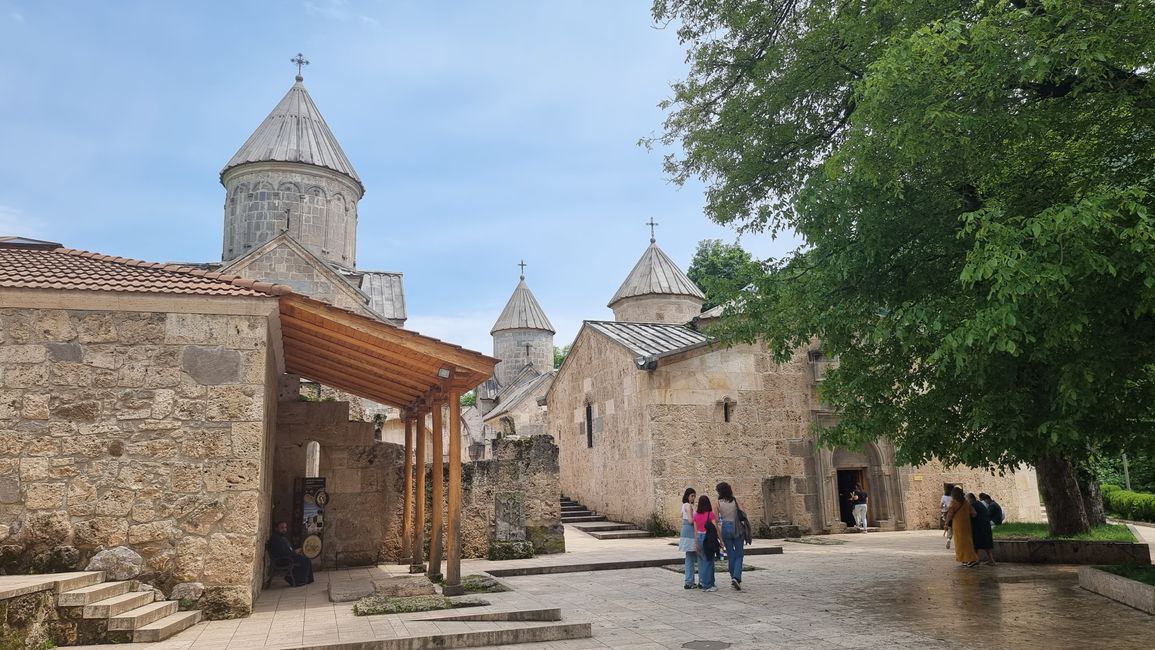
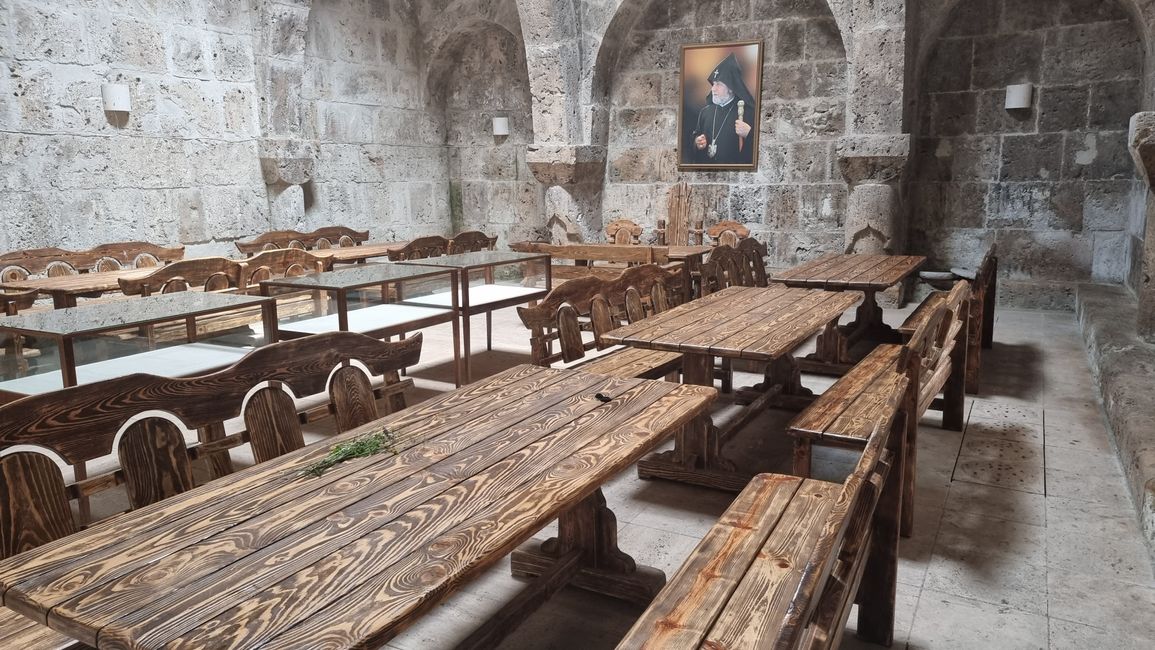
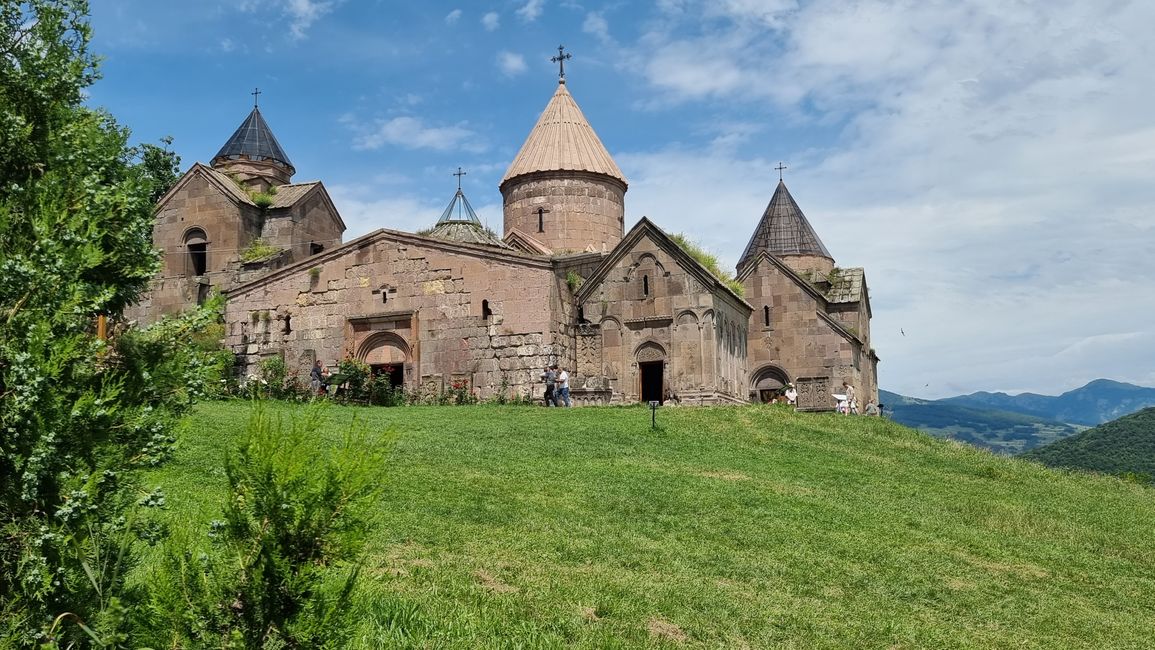
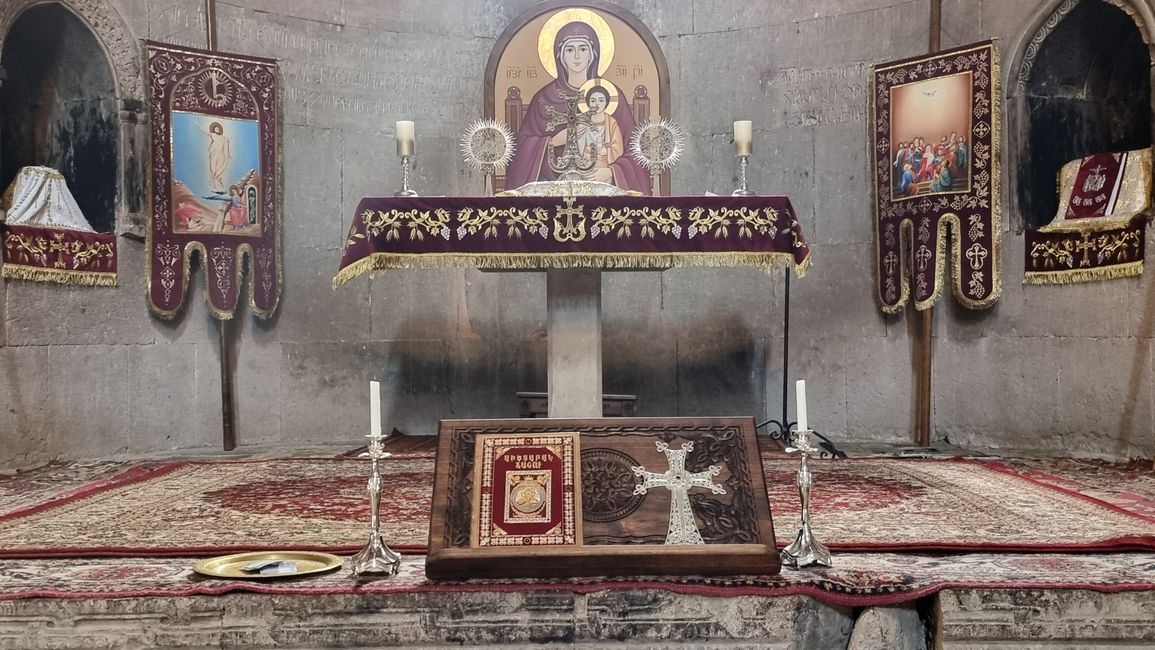
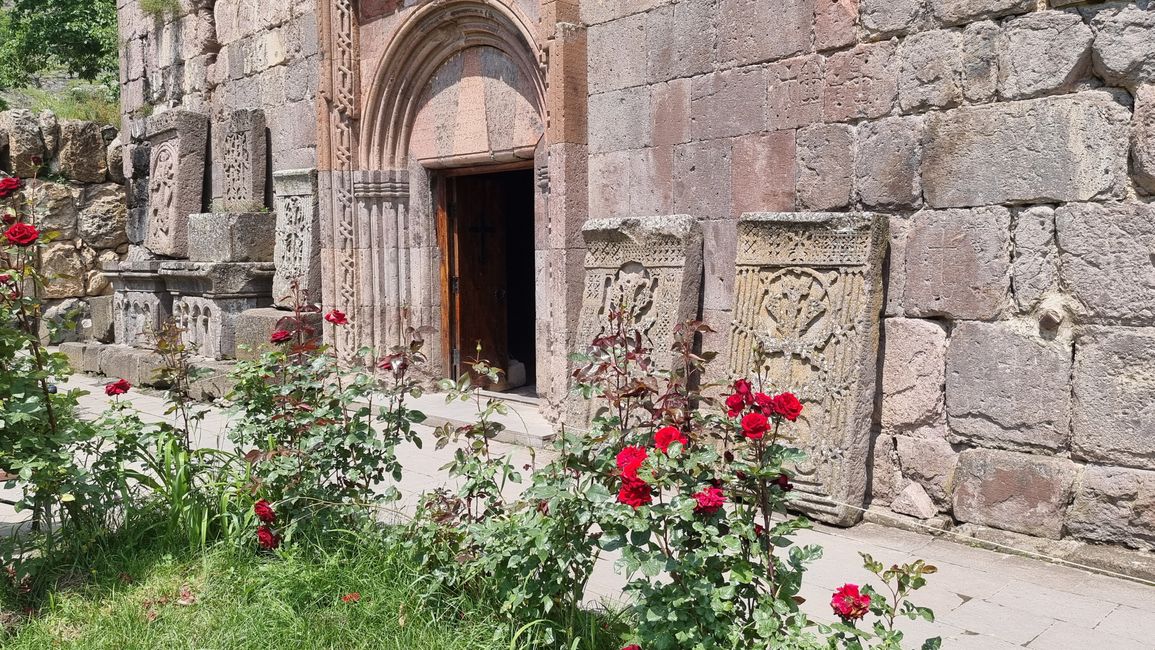
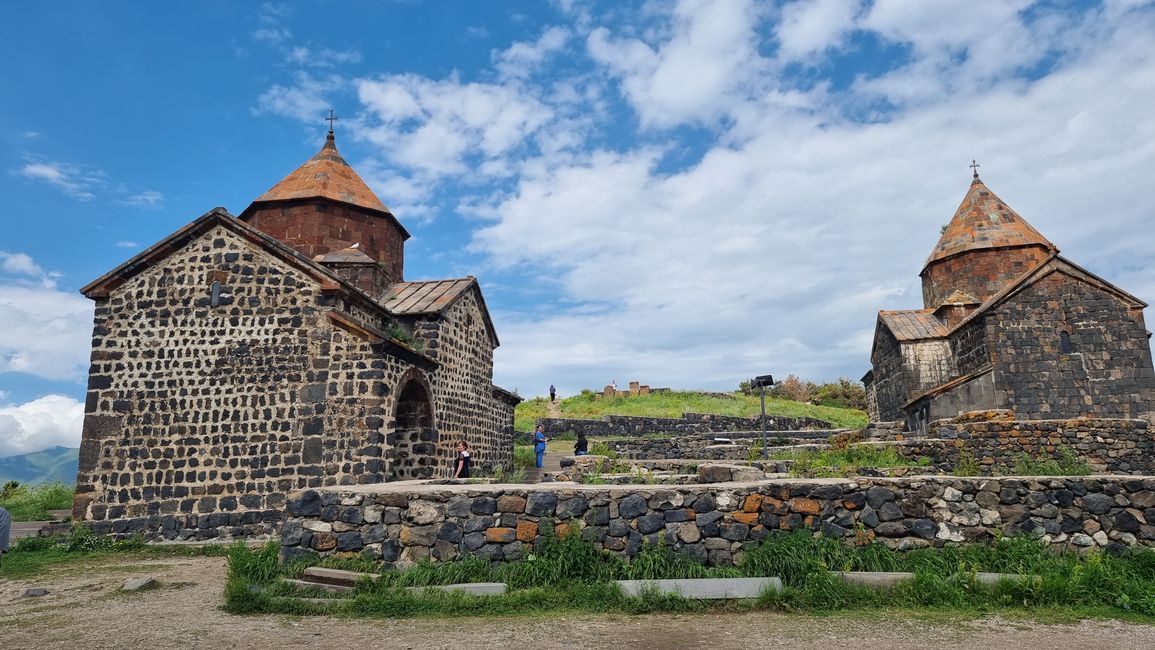
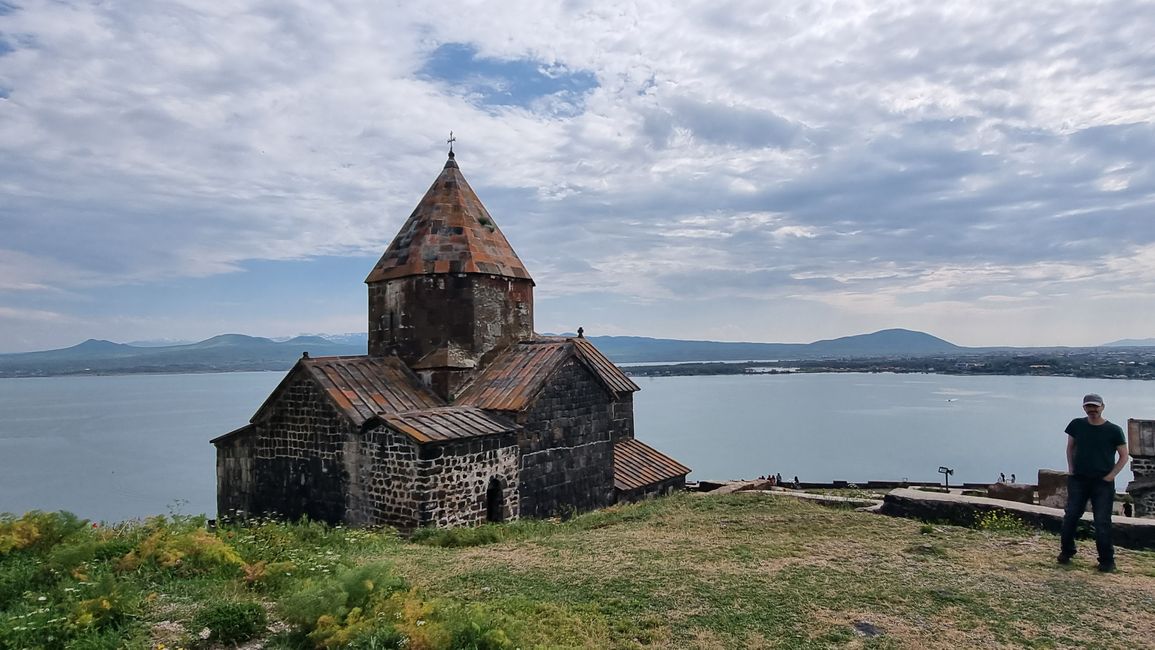
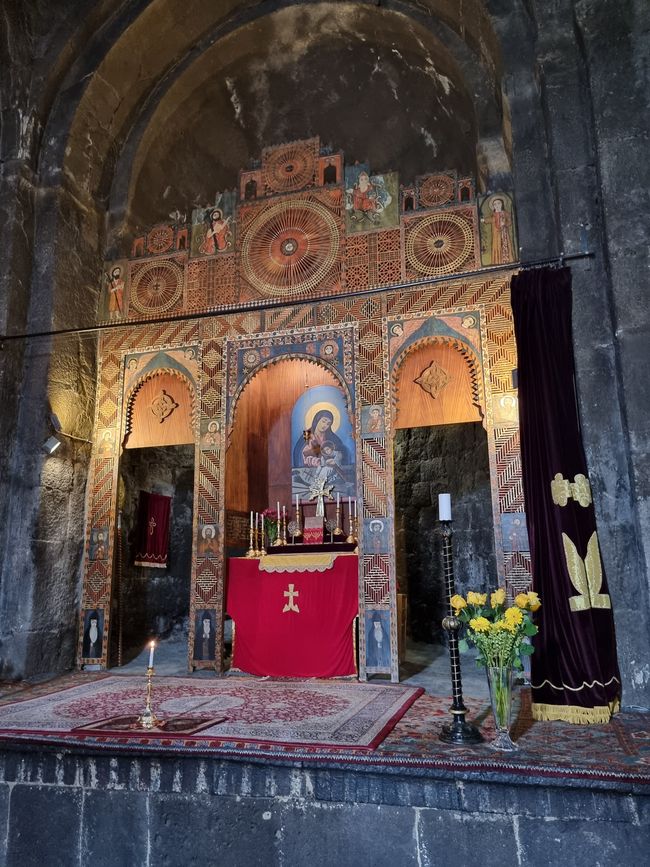
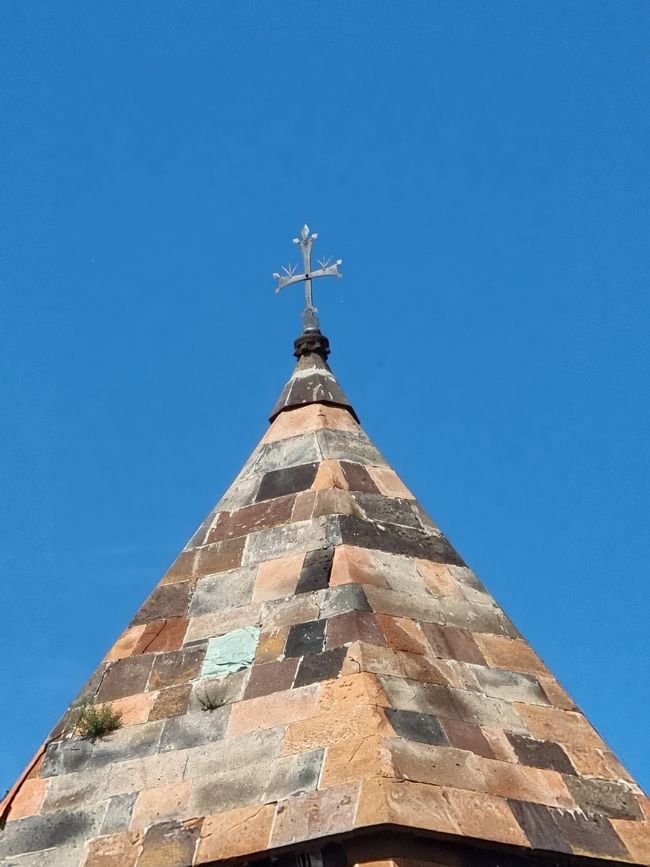
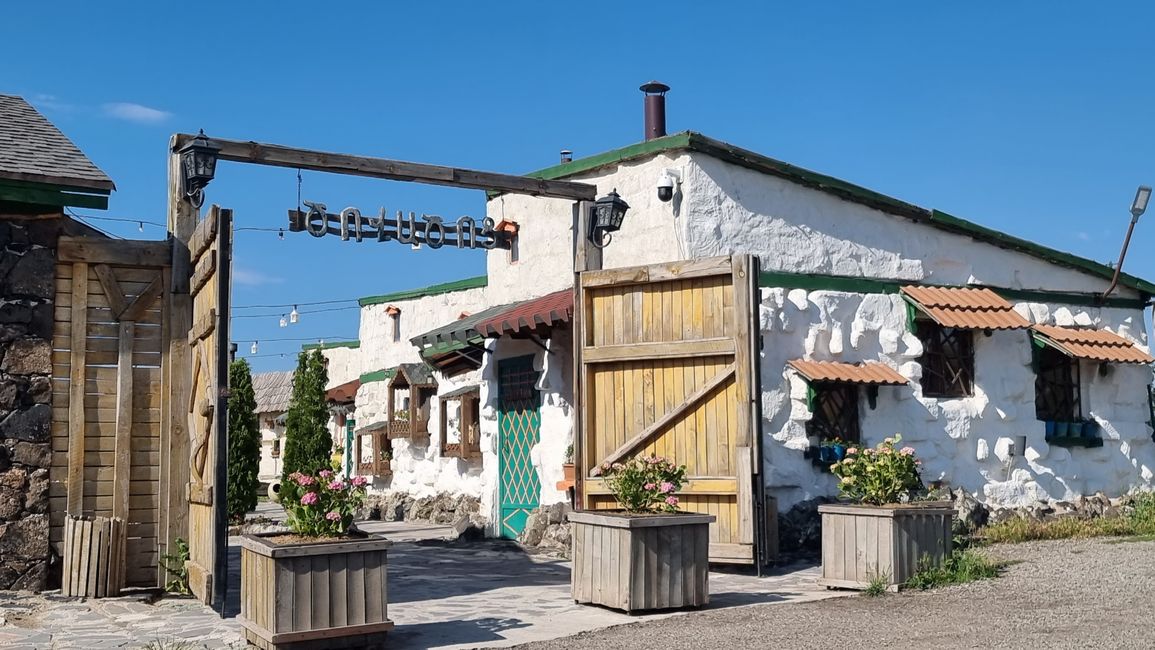
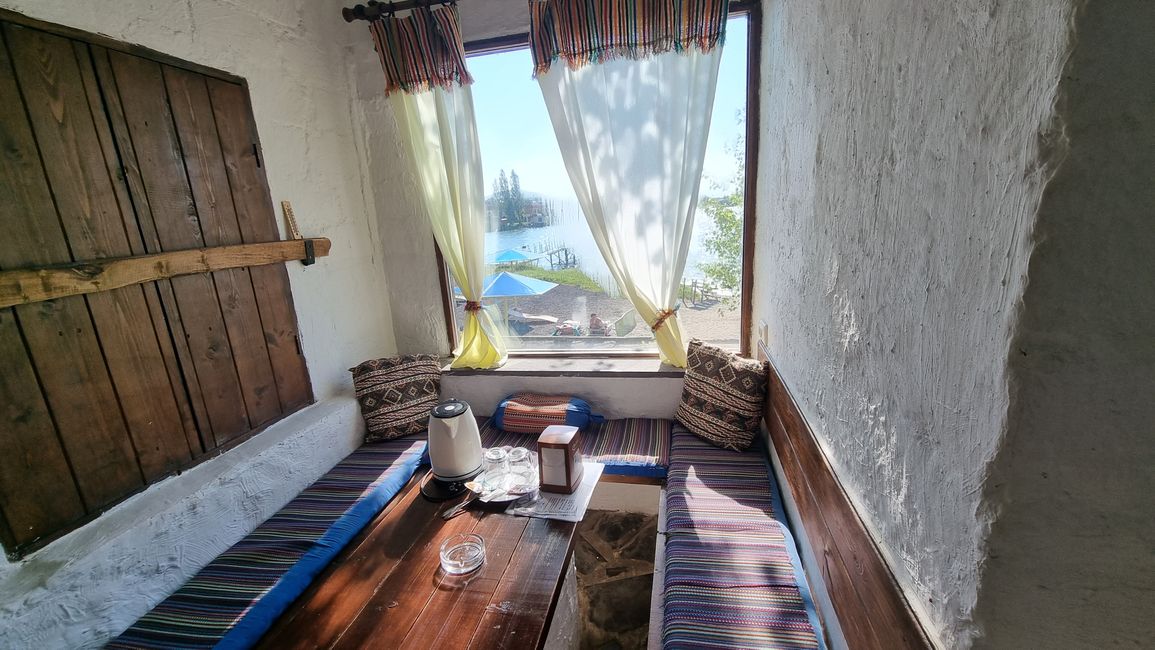
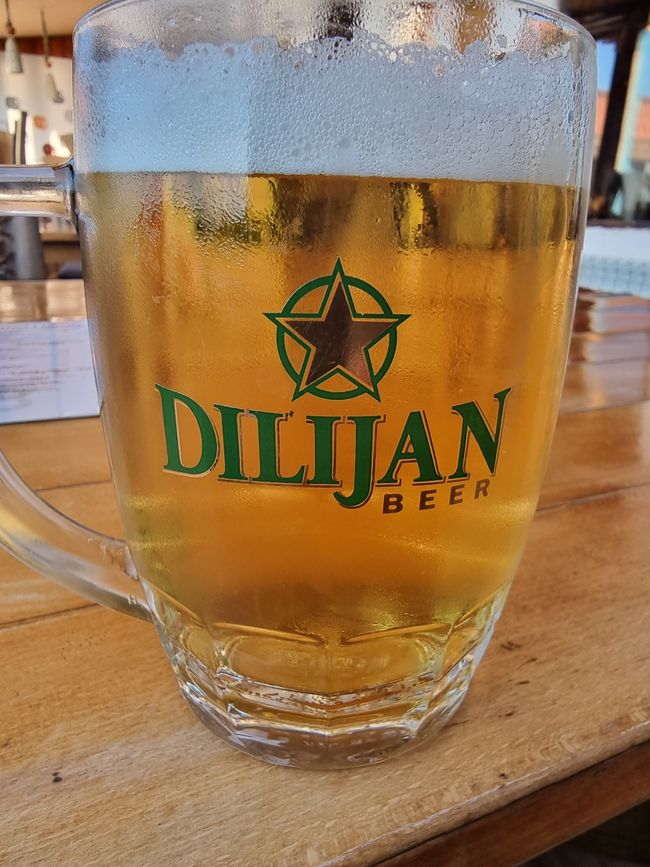
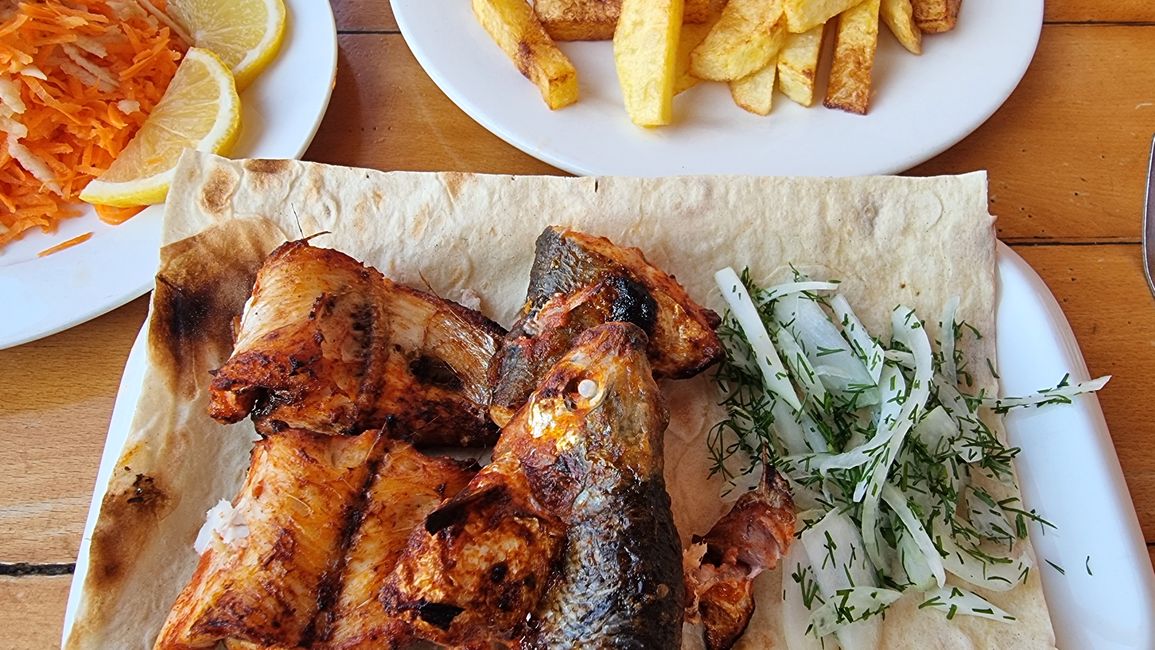
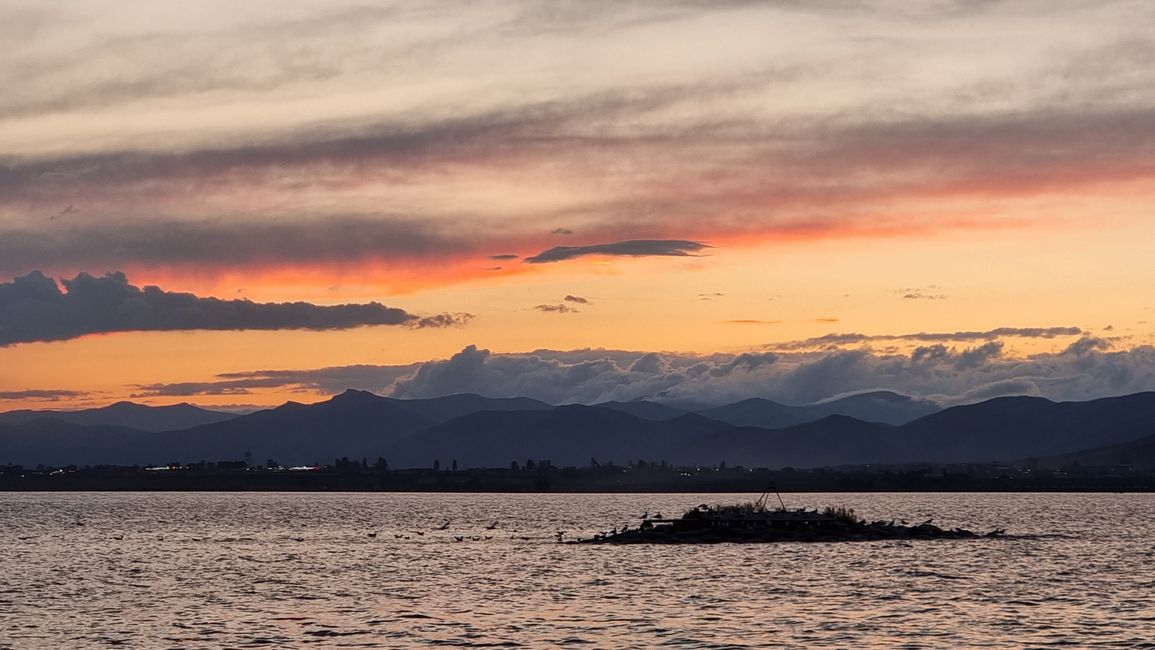
ニュースレターを購読します
Don Curry woke up late in his first Armenian hotel. The almost Tushetian silence of the surroundings had a very positive effect on his sleep quality, even though it wasn't really quiet. But the cheerful chirping of birds, the rustling of the wind in the trees, the barking of a distant dog had such a natural origin that they were not perceived as disturbing sources. It was not until around 8:30 a.m. that numerous engines were started, ending this soothing connection with nature. The Americans left the hotel. They had probably booked a guided self-drive tour and now set off as a convoy of a dozen off-road vehicles.
Don Curry's path initially took him to breakfast, which was offered as a buffet at the Qefilian Hotel. Don Curry was happy not to have to leave behind so many foods that were served to him on the table. Here he chose what he could really consume. One of the unusual items on the buffet was a hearty version of the 'Armenian French Toast', a kind of spicy bread salad prepared in slightly set egg. There was also a samovar available here. Since his trip to Russia, Don Curry had become accustomed to it and enjoyed the strong tea for breakfast; he had to dilute a rather sweet apricot juice with some mineral water.
Even though he had already visited Haghpat Monastery extensively yesterday, he was drawn there again today. With completely different lighting conditions, some buildings looked changed. A particularly magnificent khachkar yesterday was only partly in sunlight, so it could not be photographed adequately; today this problem did not exist. So Don Curry devoted another appropriate part of his day to this monastery.
But then he had to move on. Numerous outstanding monasteries lie like a string of pearls in relative proximity to each other in northern Armenia. Don Curry would want to admire these monastery pearls one by one today. However, the provincial road from Haghpat to the next monastery gradually turned into another traffic nightmare. The narrow asphalt road turned into a gravel road, which gradually degenerated into a dirt road, which then led downhill as an unpaved forest path in sharp, steep hairpin bends. When Don Curry passed by a farmhouse just before the end of this terrifying 'road', the farmer's wife was very surprised by the vehicle that appeared from the mountains.
A well-developed road took him to Achtala Monastery, which became slightly more potholed in the last kilometers. Achtala has an exceptional feature among Armenian churches, as it was once completely painted and still retains a significant part of its frescoes today. The Armenian Church had early on and consistently adhered to the Christian prohibition on images and had refrained from figurative representations for centuries. The Achtala Monastery dared to defy these restrictions. Some walls are still completely painted, but some of the scenes that are no longer in their original location are presented in the church. Unfortunately, the huge Mother of God with Child in the apse is missing its face. A smaller reconstruction of the original state has been placed behind the altar. Don Curry once again raved about the rich colors and expressive faces of the biblical figures.
From Achtala, the return journey took Don Curry through the Debed Valley, and then he headed south to the so-called Armenian Switzerland. In fact, the area looks like an alpine alpine landscape with snow-covered mountains in the background. At some point on this route, a stone flew into his windshield, but Don Curry did not pay any further attention to it. He drove past Dilijan, although the old town is said to be worth seeing. He preferred to head straight to the next monastery. Suddenly, he noticed that the stone had left a star-shaped damage in the lower left corner of the windshield. But that wouldn't bother him in that spot.
Haghartsin Monastery is similar to most Georgian monasteries, high up in a dense forest. It was built from very light stones, so it shines like a bright star in the dark green surroundings. Several churches and a large refectory have survived for centuries. The monastery seems to be a popular destination, as dozens of vehicles were already filling the parking lot. After the visit, Don Curry had to pay a parking fee of 500 Dram (1.20 €), and the parking attendant helped him with turning. And then Don Curry saw that the small stone damage had developed into a 10 cm long crack. So there was a new problem that would occupy him.
But first, another monastery occupied him: Goschavank. This monastery was also placed on top of a hill, but today it is located in the middle of a village. As soon as Don Curry approached, the local parking attendant immediately jumped at him and directed him to an available space; at the same time, he made it clear that Don Curry had to pay 200 Dram (0.5 €) at the end of parking here. Instead of forests, extensive meadows characterize the surroundings of the monastery. Within its complex, some extremely artistic khachkars stand out, which greatly pleased Don Curry.
Now Don Curry had to turn around and drive south via Dilijan. Through a long tunnel, he soon reached Lake Sevan, the largest lake in the Caucasus region. Situated at an altitude of 1900 m, it is twice as large as Lake Constance. In recent decades, the water level has dropped significantly, and only in recent years has Armenia attempted to counteract this. Don Curry's last monastery of the day was once located on an island in Lake Sevan, which has now become a peninsula. Sewanavank Monastery enjoys the greatest tourist attention of all the monasteries visited so far. The huge parking lot at the foot of the monastery is almost completely surrounded by souvenir shops. The many steps up to the monastery are lined with more mobile stands of souvenir retailers and beverage vendors. Two 9th century churches remain from the monastery itself. In addition to their ancient architecture, the splendid view of Lake Sevan and its surroundings is particularly impressive.
Only a few kilometers separated Don Curry from the Lawash Hotel, where he would spend two nights. This facility, located directly on the shore of the lake, has numerous huts in the traditional style of the region. Don Curry's little hut was just a few meters from the beach and offered direct views of the lake through the large panoramic window. An additional small balcony emphasized this proximity to the lake. As another plus point of the hotel, there was the 'Teekanne' restaurant, which specialized in regional Armenian cuisine. Being so close to the water, Don Curry ordered a fish soup with Armenian flatbread Lawash, then a fish barbecue with fried potatoes and a carrot-apple salad; the waiter offered Dilijan from the tap, the beer that Don Curry was denied yesterday. He finished the delicious meal with a homemade sea buckthorn vodka and surrendered to the constant sound of the waves in his hut, supplemented by frequent seagull cries, as the Lake Sevan is the main distribution area of the Armenian gull.
Don Curry was able to combine five monastery pearls into a wonderfully peaceful daily program today. Each one had proven to be unique in its own way. Don Curry knew that there would be more monasteries to follow on his further journey. But especially in them, Armenian culture was able to save and preserve itself through many difficult times of oppression and persecution. It is no wonder that Armenians pilgrimage to their monasteries in large numbers. They are an essential part of their historical treasure and the precious pearls of their self-confidence. Don Curry would continue to follow these pearls...
ニュースレターを購読します
答え
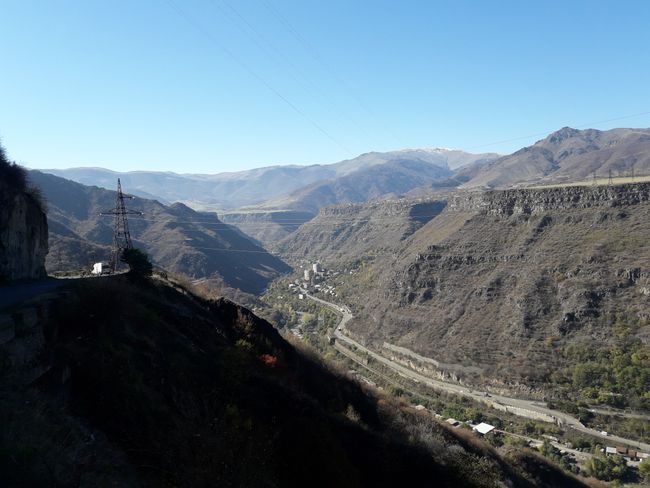
旅行レポートアルメニア

